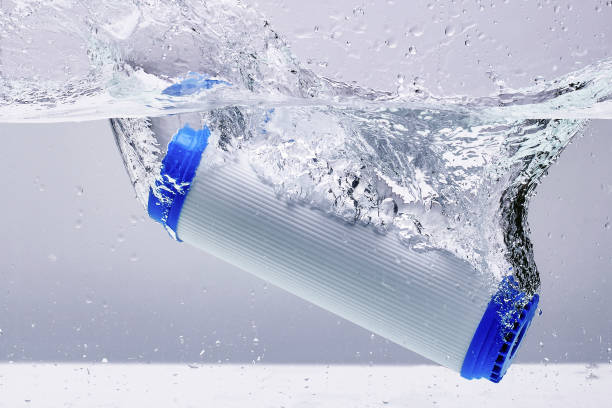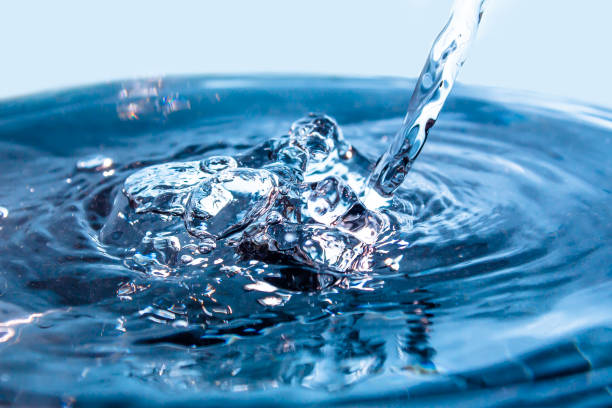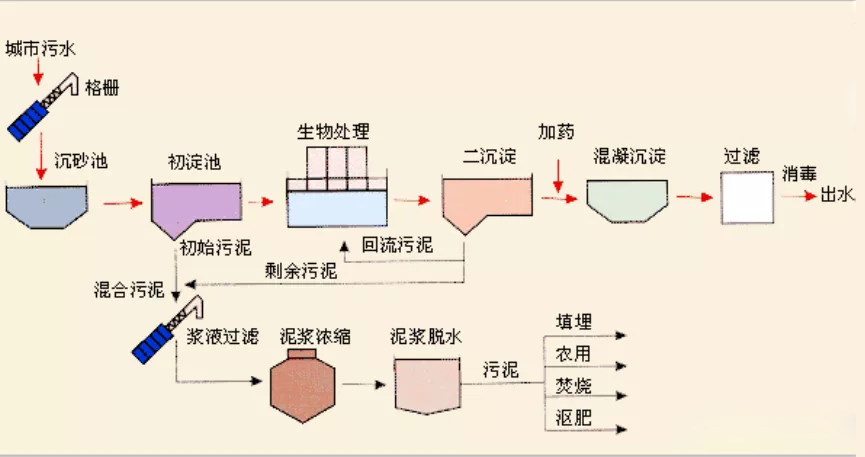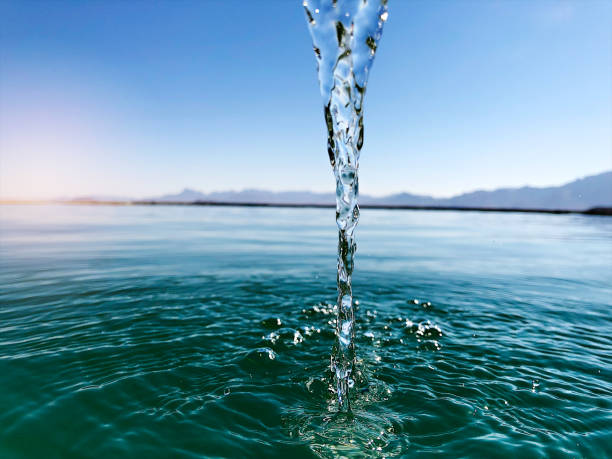 The after-sales service of the water purifier urges to replace the filter cartridge every year. Is it "dedication" or "deception"? The answer is here
The after-sales service of the water purifier urges to replace the filter cartridge every year. Is it "dedication" or "deception"? The answer is here
Jul .02.2024
Some time ago, I talked to a friend about water purifiers. My friend always complained that he had to replace the filter cartridge of the water purifier again this year, and more than a thousand yuan was gone again.
There is a problem that everyone must pay attention to, that is, the replacement of the filter cartridge of the water purifier. It can be said that after installing a water purifier at home, there will be problems in this regard every year.
I don’t know if you have encountered this situation: the after-sales service of the water purifier urges to replace the filter cartridge every year. So is it "dedication" or "deception"?
In this article, Susan will share with you the relevant issues of replacing the filter cartridge of the water purifier, and try to avoid pitfalls.
 If the filter element is not replaced in time, the water purifier turns into a "sewage collector"? Don't take it lightly anymore!
If the filter element is not replaced in time, the water purifier turns into a "sewage collector"? Don't take it lightly anymore!
Jul .02.2024
Does your home have a water purifier? For many people, this has become a necessary household appliance. But do you know? It is not a decoration, but the last barrier to your healthy drinking water. Don't underestimate it, it can filter out rust, bacteria, viruses, etc. in the water, ensuring the safety of your drinking water and your health.
However, this thing is not done once you use it. Many people turn their water purifier into a "sewage purifier" because they don't pay attention to the time to replace the filter element, or simply forget it.

 The after-sales service of the water purifier urges to replace the filter cartridge every year. Is it "dedication" or "deception"? The answer is here
The after-sales service of the water purifier urges to replace the filter cartridge every year. Is it "dedication" or "deception"? The answer is here
 If the filter element is not replaced in time, the water purifier turns into a "sewage collector"? Don't take it lightly anymore!
If the filter element is not replaced in time, the water purifier turns into a "sewage collector"? Don't take it lightly anymore!
 Good water is like medicine, bad water is like poison! How to choose a water purifier to protect the health of you and your family?
Good water is like medicine, bad water is like poison! How to choose a water purifier to protect the health of you and your family?
 Good water is like medicine, bad water is like poison! How to choose a water purifier to protect the health of you and your family?
Good water is like medicine, bad water is like poison! How to choose a water purifier to protect the health of you and your family?